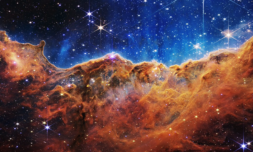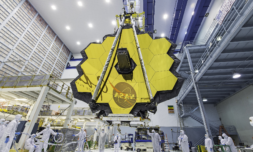NASA’s James Webb Telescope has peered deep into the universe and discovered the first known planet of rocky formation. Bearing an uncanny resemblance to Earth, LHS 475b is now the subject of intense observation.
Peering into the vast expanses of the universe is now possible thanks to the James Webb Telescope, in greater capacity than before anyway.
Successor to the Hubble Space Telescope, the James Webb Telescope has already provided us with mind-blowing snaps of distant nebulas and mysterious cosmic phenomena. Now, early into its deployment, the $10bn device has provided astronomers with a first glimpse of an undiscovered rocky planet.
Located some 41 light-years away in the constellation Octans, the unknown world codenamed LHS 475b (catchy, right?) is already raising eyebrows in preliminary observations.
Described as having 99% of the Earth’s diameter, this rocky planet had remained elusive for so long because planets of this size require seriously powerful instruments to see them – enter the JWST.

The telescope’s early data shows that the planet is extremely close to its red dwarf star, completing one orbit in two Earth-days. Though the composition of its atmosphere is unconfirmed, its wavelengths of light suggest it could be primarily carbon dioxide while its temperatures are thrice as hot as Earth.




















